Whispering gallery mode (WGM) microcavities are the optical counterpart of acoustic resonators that we usually find in musical instruments or in monuments. Peculiar light-induced effects have been observed over the last century in atmospheric studies, pointing out the existence of similar structure in nature. Here, we show that nature itself provides an excellent way to investigate new physical phenomena through WGM systems realized in liquid media, i.e. in droplets. The resulting properties can be harnessed to study light matter interaction and nonlinear optofluidics or to perform molecular detection and rheology in a liquid environment. This opens a new route to investigate a new class of phenomena relevant to different fields or to develop novel sensing approaches, which will be discussed in view of future applications
Collegamento WEBEX:
https://cnronline.webex.com/cnronline/j.php?MTID=mee9ed5ac4049a6b7b8adf0cf915468df
“Partecipando a questo incontro, accetti che lo stesso venga registrato e reso disponibile sul cloud di ISMAR. Dalla registrazione verranno eliminati lista dei partecipanti e chat”
Ricordiamo a tutti di tenere spento il proprio microfono. Accenderlo solo in caso di intervento.
“By accessing this meeting you acknowledge that it will be recorded and made available on the ISMAR cloud. Chat and participant list will not be recorded.”
We ask everybody to mute their microphone, unless intervening. Please write your questions in the chat
Il gruppo seminari CNR-ISMAR, Alessandra Conversi (Lerici), Filomena Loreto (Bologna), Gianluigi Liberti (Roma) e Camilla Palmiotto (Bologna).
Download:












